- Mice missing the autism-linked gene PTEN in specific cortical regions display disrupted temporal processing of sound across development. Neurobiology of Disease
- The X chromosome contains many genes associated with neurodevelopmental conditions in boys and girls—in the latter, such conditions result from X-chromosome silencing. Spectrum has previously covered the role that X-chromosome genes play in brain development. Current Opinion in Neurobiology
- Deleting the autism-linked gene CHD8 in astrocytes, but not microglia, disrupts injury-triggered reactive gliosis. Cell Reports
X-chromosome genes; neurobiology of infant crying; MCHAT in preemies
Here is a roundup of autism-related news and research spotted around the web for the week of 2 September.
By
Jill Adams
3 September 2024 | 2 min read
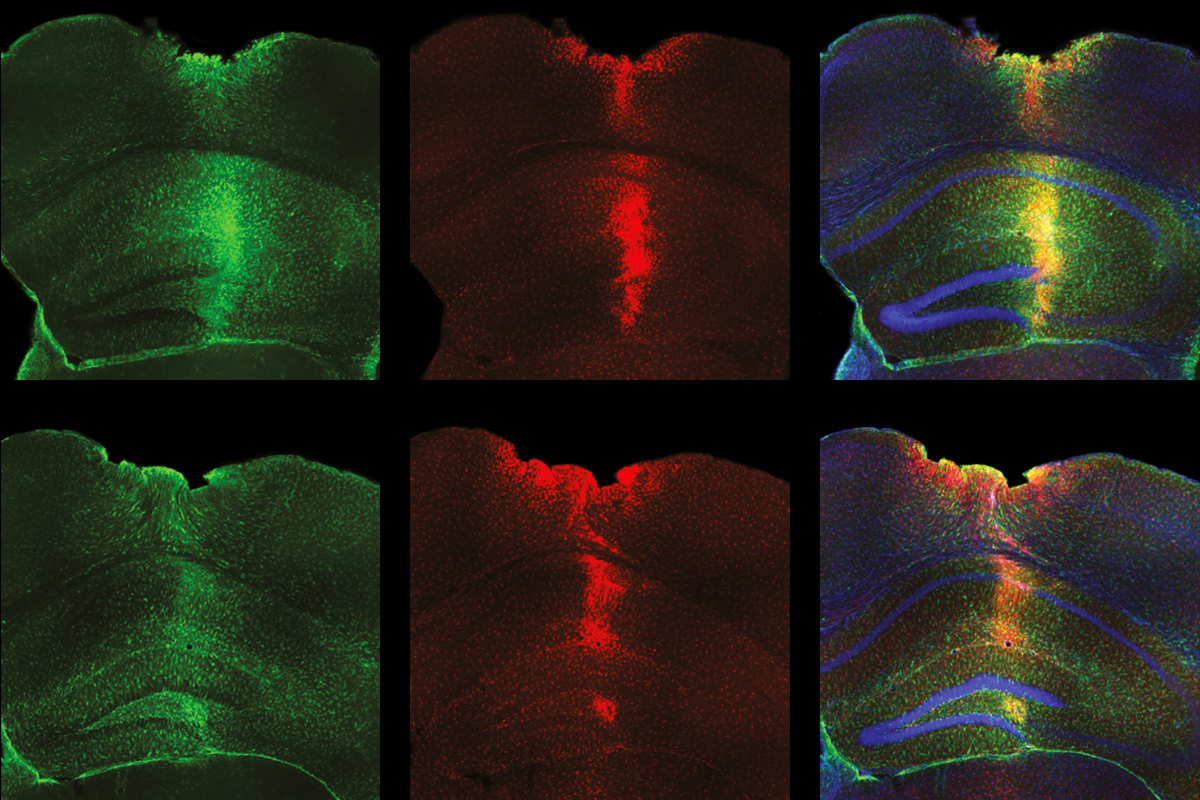
Repair problems: Reactive gliosis following brain injury is disrupted in astrocytes (green stain) and microglia (red stain) in mice with the CHD8 gene knocked out in astrocytes (bottom row), unlike in control mice (top row).
- Upregulation of two biochemical pathways known to contribute to autism alters mouse pup vocalization and synaptic connectivity, a finding that could illuminate the neurobiology involved in infant crying. Journal of Neuroscience
- Mice missing the FMR1 gene, a model of fragile X syndrome, are hyposensitive to touch and show poor encoding of tactile stimuli in somatosensory neurons, according to a preprint. bioRxiv
- The Modified Checklist for Autism in Toddlers (MCHAT) predicts an autism diagnosis in children born prematurely with good sensitivity and specificity, suggesting screening should not be delayed based on adjusted age. Developmental Medicine & Child Neurology
- Linking genotypes with phenotypes in autism enables scientists to subtype the condition into classes that appear to be tied to the developmental timing of certain genes, according to a preprint. medRxiv
tags:
Recommended reading
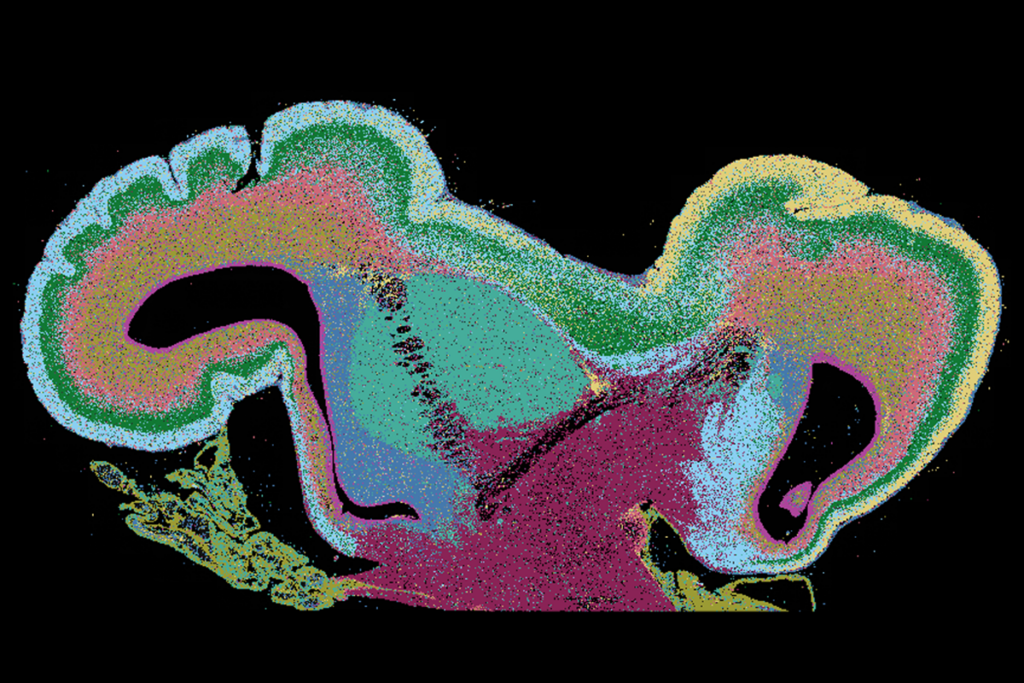
Among brain changes studied in autism, spotlight shifts to subcortex
By
Holly Barker
11 December 2025 | 5 min read
Home makeover helps rats better express themselves: Q&A with Raven Hickson and Peter Kind
By
Holly Barker
4 December 2025 | 0 min watch
Explore more from The Transmitter
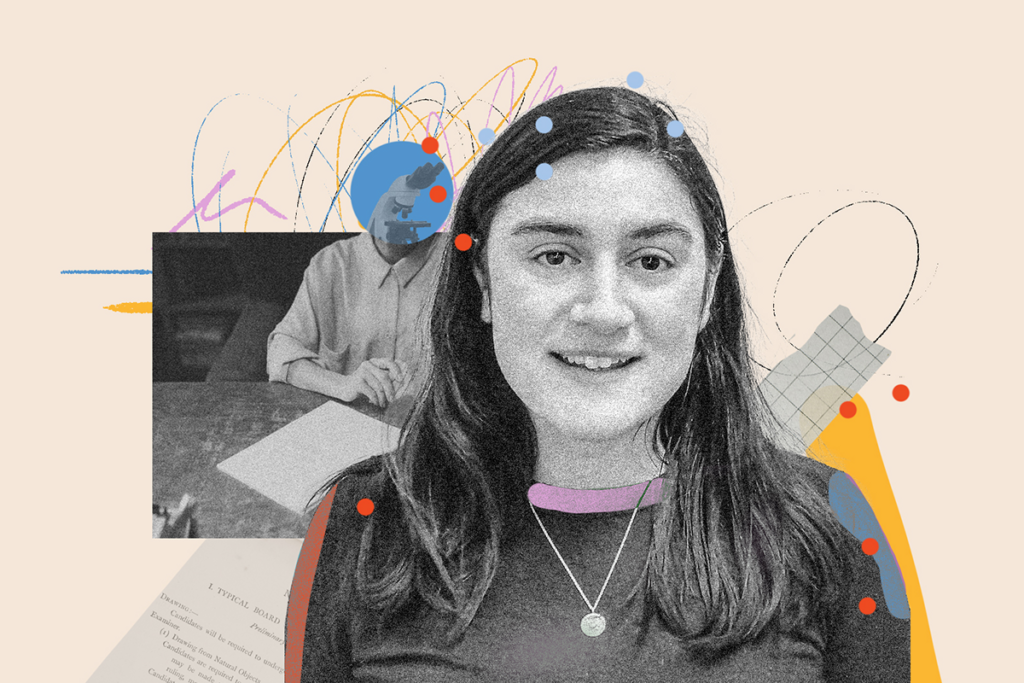
Frameshift: Shari Wiseman reflects on her pivot from science to publishing
By
Katie Moisse
15 December 2025 | 7 min read
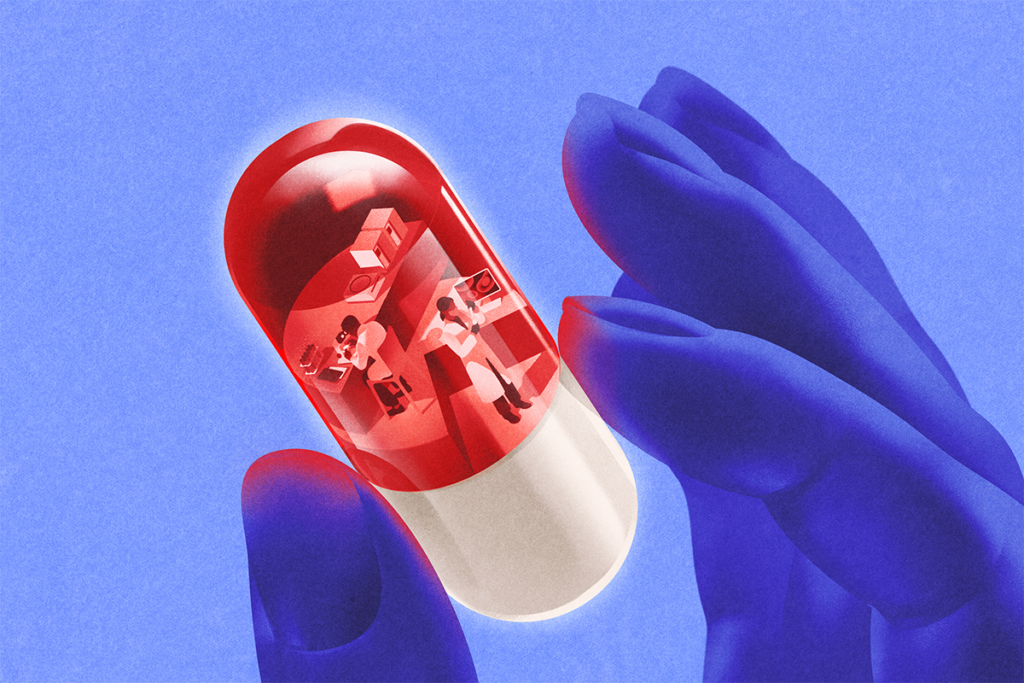
How basic neuroscience has paved the path to new drugs
By
Alex Kwan
15 December 2025 | 6 min read
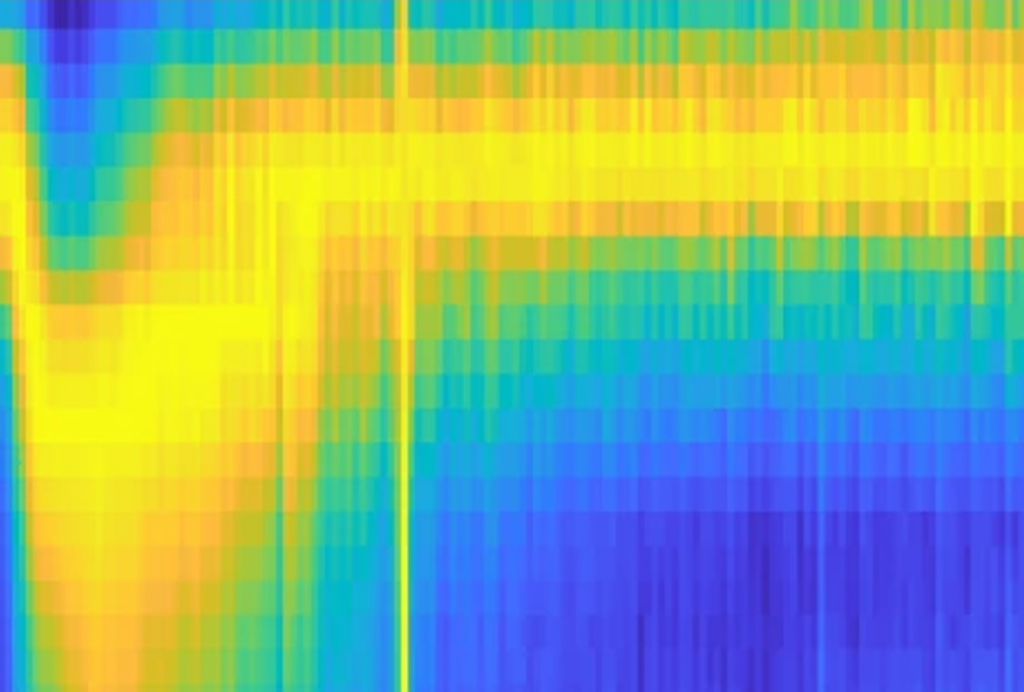
Dispute erupts over universal cortical brain-wave claim
By
Claudia López Lloreda
12 December 2025 | 5 min read
Cite this article:
